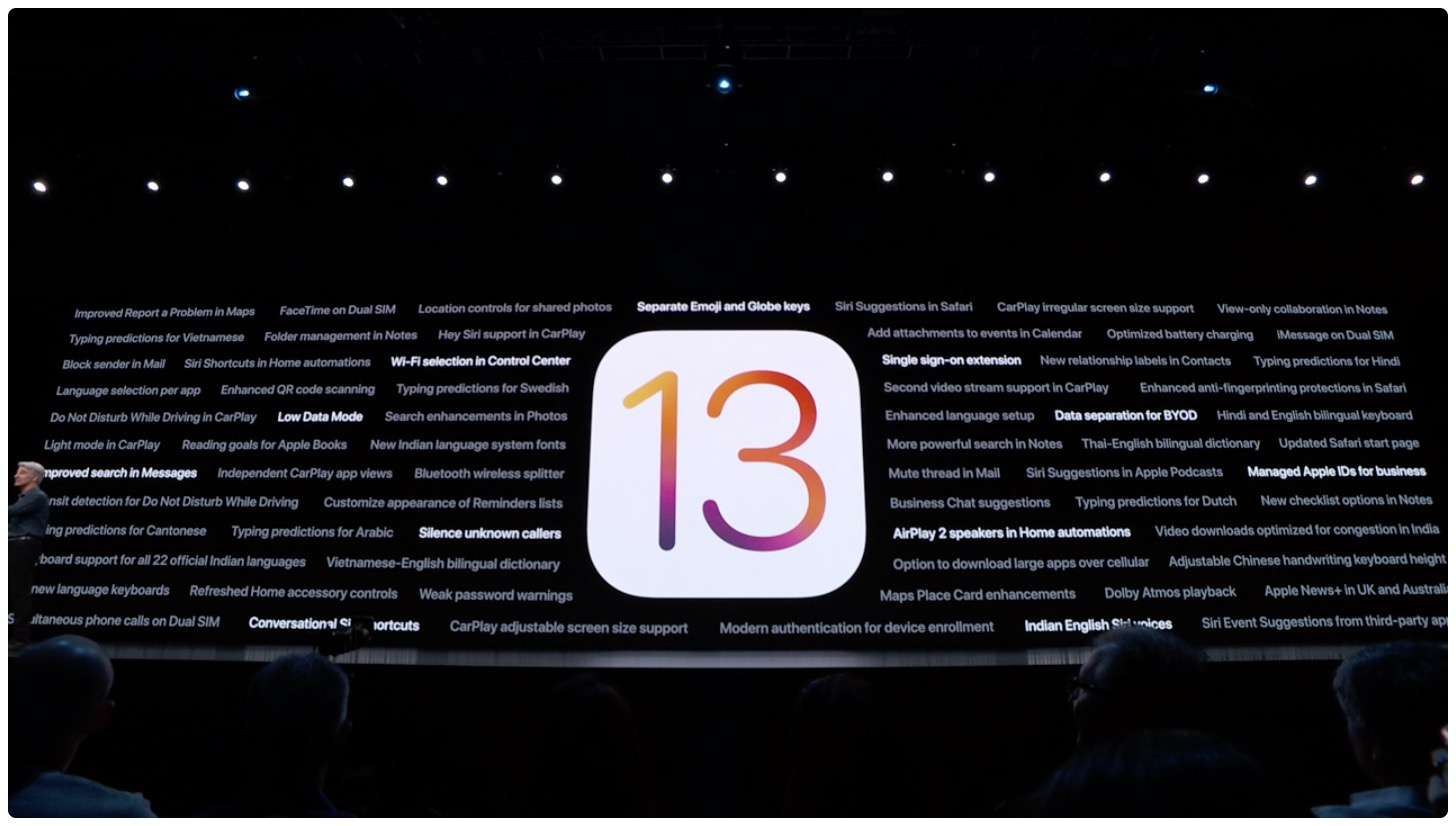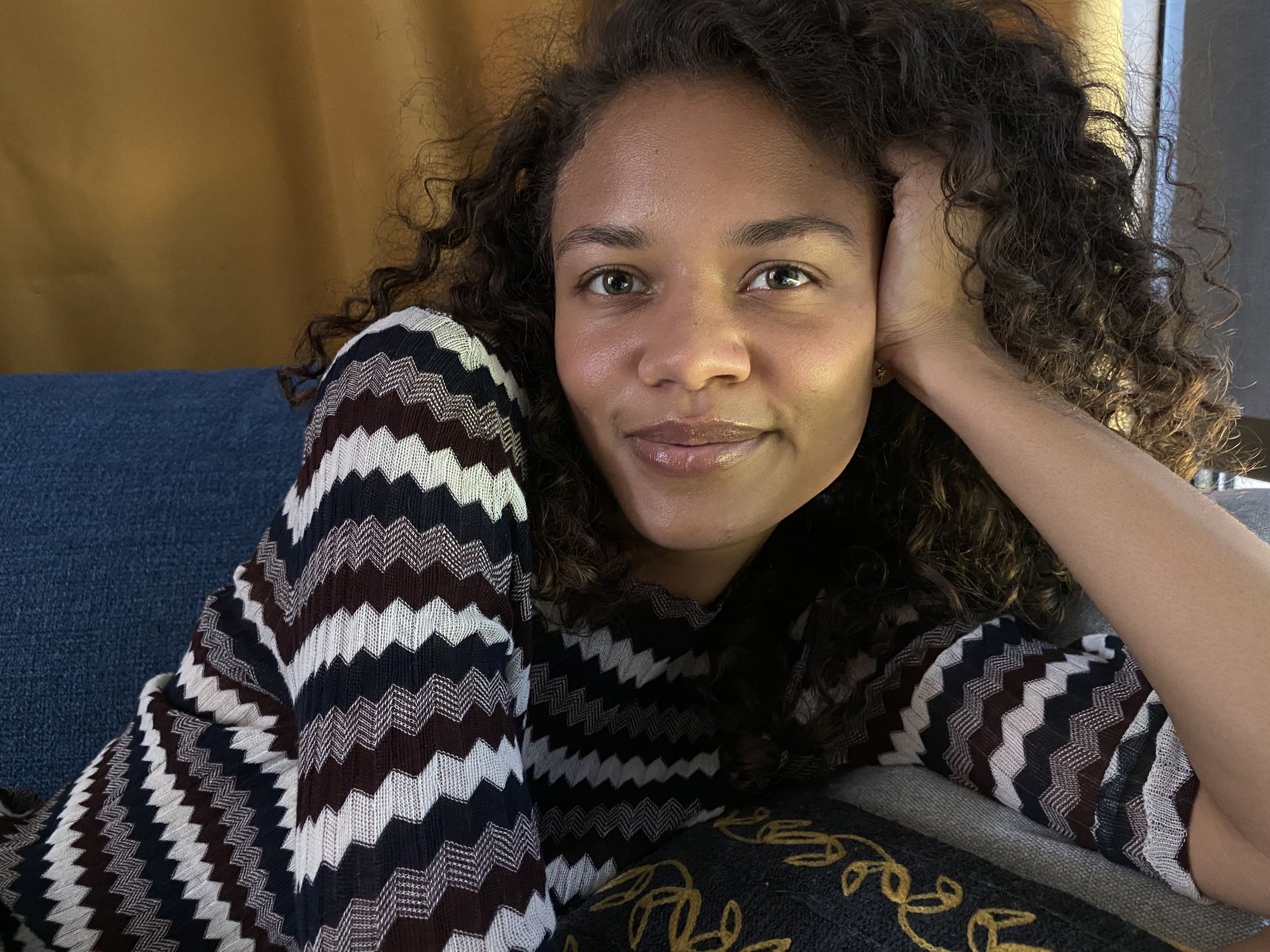
iOS 13 has been updated at a pretty frenetic pace already, but Apple is marching along with yet another planned update.
This one, like the iOS 13.1 update before it, will squash bugs and improve overall performance, but it’s mostly a vehicle to bring a new feature to the iPhone 11, iPhone 11 Pro, and iPhone 11 Pro. In this case it’s the camera-focused feature Deep Fusion, which will make the already impressive photos captured by Apple’s newest smartphones even more impressive.
The first developer beta of iOS 13.2 is available now for registered developers. After the appropriate profiles have been installed, the latest software update can be installed over-the-air or directly from Apple’s developer website.
iOS 13.2 will likely include other bug fixes and performance improvements as Apple continues to fine tune the experience for iOS users out in the wild.
However, the hero feature of this software update is Deep Fusion, which was previously detailed in a separate report. Deep Fusion is a complicated feature that’s meant to work in the background, running through several different tasks while the iPhone 11/iPhone 11 Pro owner takes photos with their smartphone.
Here’s how the background tasks were described in that earlier report:
- By the time you press the shutter button, the camera has already grabbed three frames at a fast shutter speed to freeze motion in the shot. When you press the shutter, it take three additional shots, and then one longer exposure to capture detail.
- Those three regular shots and long-exposure shot are merged into what Apple calls a “synthetic long” — this is a major difference from Smart HDR.
- Deep Fusion picks the short exposure image with the most detail and merges it with the synthetic long exposure — unlike Smart HDR, Deep Fusion only merges these two frames, not more. These two images are also processed for noisedifferently than Smart HDR, in a way that’s better for Deep Fusion.
- The images are run through four detail processing steps, pixel by pixel, each tailored to increasing amounts of detail — the sky and walls are in the lowest band, while skin, hair, fabrics, and so on are the highest level. This generates a series of weightings for how to blend the two images — taking detail from one and tone, color, and luminance from the other.
- The final image is generated.
The telephoto lens will mostly use Deep Fusion, with the Smart HDR feature only taking over in a shot when there are very bright scenes.
The standard wide angle lens, meanwhile, will rely mostly on the Smart HDR feature for bright to medium-bright scenes, and Deep Fusion will kick in with the medium-to-low light scenes.
Finally, the ultra wide lens will never use Deep Fusion or Night Mode, because it only supports the Smart HDR feature, and neither of the other features.
Apple likes to show off Deep Fusion with photo subjects wearing sweaters. You can see an example of a photo captured with the new feature below:

If there are any other discoveries made in this beta of iOS 13.2, we will update this post accordingly.
Apple seeded the corresponding iPadOS 13.2 beta to developers as well.
There is no word on when this latest software will be available to the public, but, hopefully it will be soon.
Update: Apple has also seeded the corresponding public beta of iOS 13.2 and iPadOS 13.2 to public beta testers.
What’s new
- “Announce Messages with Siri” is now available for iOS 13.2 beta testers. This feature makes it possible for Siri to read out an incoming text message as it arrives. Apple announced the feature as coming to iOS 13, but it was pushed back to “later this year” once iOS 13 launched to the public. It was not available in iOS 13.1, either, but Apple appears ready to launch the feature soon.
- HomePod now has a Handoff setting. It’s not live yet, though.
- iOS 13.2 beta 1 is also hinting at some new AirPods. This could be the oft-rumored noise cancelling AirPods, or it could simply indicate a new, redesigned option heading to market at some point in the future.